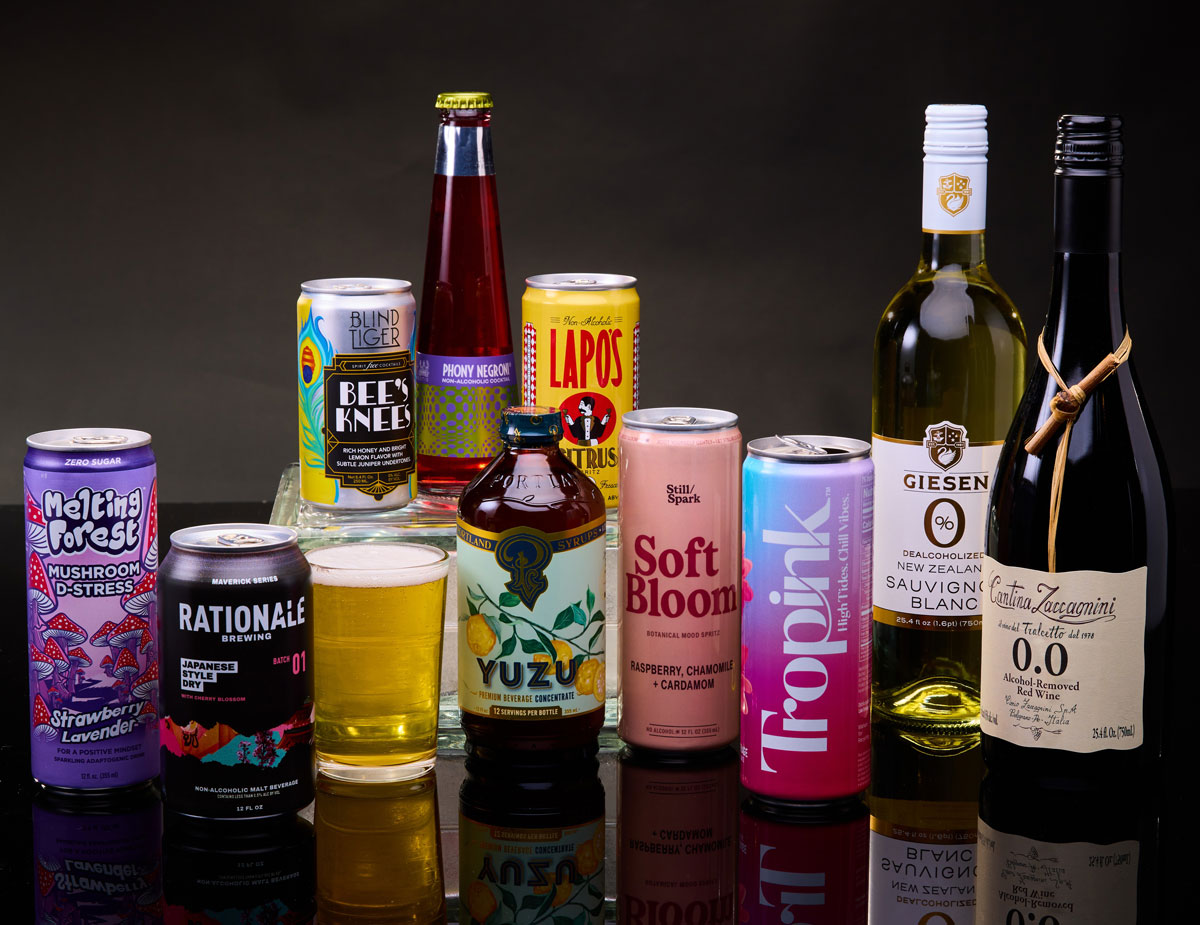
Our recipe for Keto Sausage and Pepper Pizza
Diet is important to all of us, but it’s especially important if you or a loved one has diabetes. When it comes to managing your blood sugar, knowing how much hidden sugar is found in common foods becomes very important. The American Diabetes Association has identified several superfoods that are rich in vitamins, minerals, antioxidants and fiber to aid in planning your low-carb diet.
A low-sugar, low-carb diet is healthy for nearly everyone and incorporates many of the basic rules of good eating. While you don’t necessarily have to stop eating old favorites, portion control is key. Once you learn what to eat and what not to eat, try to develop meal plans and stick to them for best results.
How to control carbohydrates
Managing your blood sugar is about limiting your intake of carbohydrates, the “sugar” that your body uses for fuel. One of the best ways to take control of your sugar intake is to spend some time tracking how many carbs you eat in a day, staying within the limits recommended by your health professional.
Focus on healthy carbohydrates, like vegetables, beans and legumes. Low-fat dairy products like milk, cheese and unsweetened yogurt are better choices, too. Whole-grain pasta and breads are often lower in carbs than their traditional counterparts. Gluten-free breads and baked goods, however, are not typically low-carb.
Fruits, which generally have more sugar than vegetables, should be eaten in moderation. Be aware, too, that starchy vegetables, such as potatoes, corn and beets, typically have more carbs than other non-starchy vegetables, like broccoli, spinach, cabbage, carrots and green beans.
Protein is important, but it’s also important to choose sources low in fat for a healthier diet. Include lean meats, like chicken, turkey and fish, as well as eggs and nuts. Meat substitutes like tofu are also good sources.
If you’re craving pasta but want to go low-carb, try spiralized vegetables, spaghetti squash, or shirataki noodles instead.
Condiments and sauces, like barbecue sauce and salad dressings, can be other high-carb culprits, so be sure to read the labels.
Superfoods to the rescue!
The American Diabetes Association has put together a list of “superfoods” that are rich in vitamins, minerals, antioxidants and fiber to aid in planning your diet.
Beans: Kidney, pinto, navy and black beans are all high in fiber and protein; consume in moderation.
Sweet potatoes: Packed full of vitamin A and fiber, sweet potatoes are rich in nutrients but have a bit higher carb content than other veggies, so eat them in moderation.
Dark green leafy vegetables: Spinach, collards and kale are low in calories and nutrient-dense.
Citrus: Grapefruits, oranges, lemons and limes offer vitamin C and potassium for starters.
Berries: Most berries are lower in sugar and higher in fiber than other fruits and become an excellent treat when you’re craving something sweet.
Tomatoes: Include vital nutrients like vitamins C and E.
Fish: Salmon, sardines and tuna are all high in omega-3 fatty acids.
Nuts: A handful provides a satisfying, lasting boost of fiber and magnesium.
Whole grains: Rich in B vitamins and iron, and a great source of fiber; consume in moderation.
Milk and yogurt: Great sources of calcium and vitamin D; consume in moderation.
Foods to avoid on a low-carb diet
- Sweets: candy, ice cream, sweetened beverages, juice, honey, syrup, agave
- Starchy foods: rice, pasta, baked goods, cereal, chips, crackers
- Fried foods
- Foods high in sodium
- High-fat dairy products
- High-fat meats: beef, sausage, hot dogs, bacon
- Alcohol: more than a drink a day can interfere with blood glucose levels
How many carbs can I consume?
On average, people with diabetes should aim to get about half of their calories from carbs. That means if you normally eat about 1,800 calories a day to maintain a healthy weight, about 800 to 900 calories can come from carbs. At 4 calories per gram, that’s 200–225 carb grams a day, according to the Centers for Disease Control and Prevention.
More resources for diabetic and low-carb lifestyles
National Institutes of Health: “Diabetes Diet, Eating and Physical Activity”
Mayo Clinic: “Create Your Healthy Eating Plan”
American Diabetes Association: “What Superfoods are Good for Diabetes?”
Centers for Disease Control and Prevention: “Diabetes Meal Planning”
Explore More Topics
Related Posts
- Going Gluten-Free in Oregon? Market of Choice Makes It Delicious.
If you’re newly gluten-free, welcome to the club—membership includes great snacks, excellent pancakes, and the occasional moment of staring at a menu like it’s written in ancient runes. Don’t worry. You’re not alone, and you definitely don’t have to give up delicious food. In fact, thanks to Oregon’s vibrant community of gluten-free makers (many of which you’ll find right here at Market of Choice), going gluten-free has never tasted better.
- Kickstart the Year with an Alcohol-Free January
Join the alcohol-free January movement with a wide range of zero-proof drink options at Market of Choice.
- Little Helpers in the Kitchen: Kid-Friendly Cooking for Thanksgiving
Thanksgiving is all about family, food, and creating memories, and that includes memories made in the kitchen. Inviting kids to help with the holiday meal accomplishes at least one of two goals: one, teaching kids to cook, and two, helping kids explore new foods. Plus, with a little planning, their “help” can actually make your prep easier.



